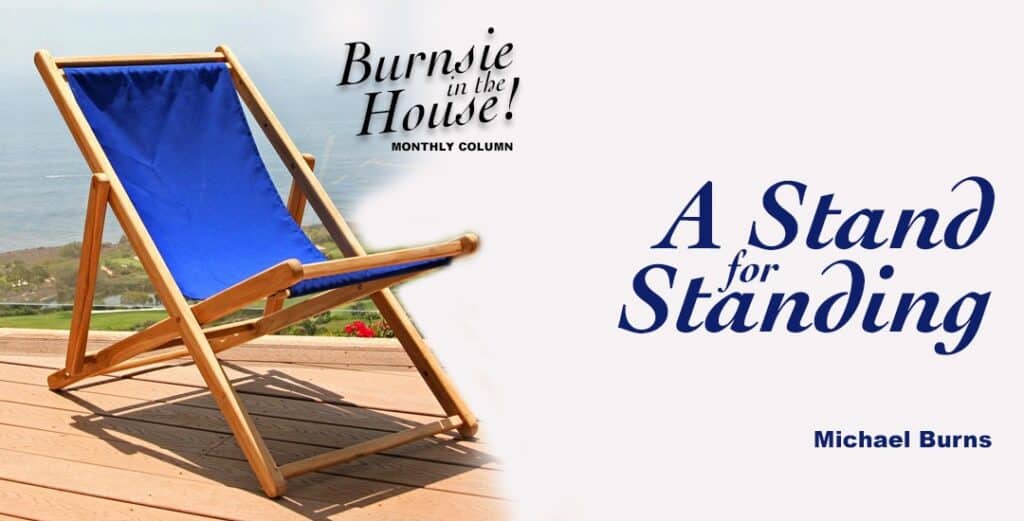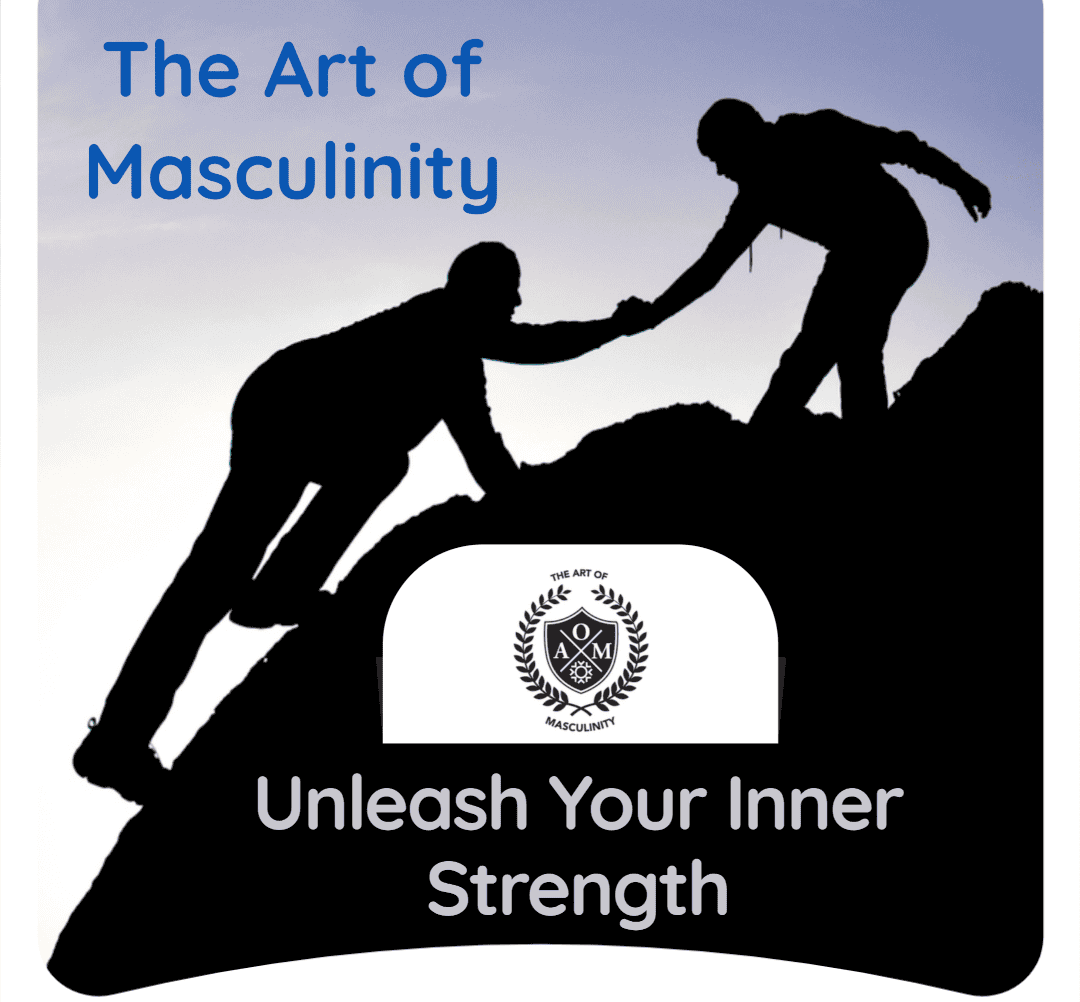Michael Burns
Columnist
I started doing my men’s work in 1986. It was a result of attending the Sterling Men, Sex, and Power weekend (later renamed Sterling Men’s Weekend (SMW).
For me, the gold of this life-changing experience has been the follow up process: integrating into my identity the revelations I discovered. This allowed me to slowly replace and refine the way I’d been conditioned to perceive, interpret, and engage with my circumstances.
The follow up vehicle provided to SMW graduates came in the form of a hierarchical organization but the base, the foundation, the rubber-hitting-the-road for becoming the man I wanted to be, was the Men’s Team. Teams met, worked, played, ate, served, and committed to supporting one another.
My experience of the context, methodology and culture of the men’s work brought about by the SMW and its off-shoot circles, was an amalgamation of clarity, decisiveness, focus, commitment, accountability, efficiency, effectiveness, and purposefulness.
But there have now been so many men drawn to this work who are not graduates of SMW that, over the years, I have witnessed this context softening. These men come from a vast array of self-improvement pathways, with methods different from those Sterling promoted. One of the things Sterling taught was the importance of standing at meetings, at least during introductions as a matter of respect.
I love and appreciate any tradition based on honorable intent and behavior, but I agree with Justin Sterling on this point. Standing in a circle expresses respect and recognition of those in the circle. For a long time, all the men were in agreement with this, as a form of introduction at the beginning of a gathering. We stand in a circle: we see everyone; no-one is behind or in front of anyone else. We are a gathering of unique individuals.
I’ve followed this kind of ceremony for a long time, but now it has changed. The other day I witnessed this change in the context of what is, to me, a sacred tradition.
It should be noted that the tradition of standing is not confined to in-person meetings. I have been a member of the East Bay Circle of Men and have attended meetings predominantly via Zoom ever since the pandemic. And I have continued, as the other men also continued, to stand during introductions.
But this time, in my view through the zoom camera, I saw men introduce themselves while sitting in beach chairs. My view was limited, so I can’t say what the men I couldn’t see were doing. But it was an emotional experience to see any of the men at the EBCOM circle relaxing in their chairs during the opening ceremony. [Note: I am talking only about able-bodied men for whom standing is a choice.]
‘Back in the day,’ this didn’t happen. We all stood – in honor of ourselves, each other, and our environs – at least during introductions. To me, this was a clear incongruity with the legacy that embodies the honor, integrity, commitment, respect, and strength that the men and the circle represent.
I communicated my feelings to the circle that day and now I am doing so here – along with a request:
I request that we, as men, take a stand for standing: that we revive the tradition of standing during introductions. “In honor of ourselves, each other, and our environs,” I said. That is what I, at least, am taking a stand for, and I want you with me.
Michael Burns is a seasoned veteran to men’s work, and columnist for the Legacy Magazine, who also happens to be an all-around great man to have in your circle. Please comment below with any thoughts or opinions made public.

